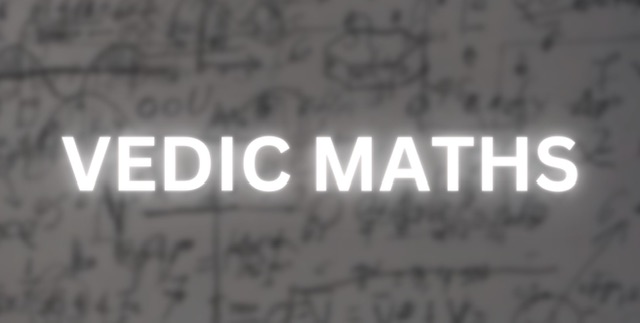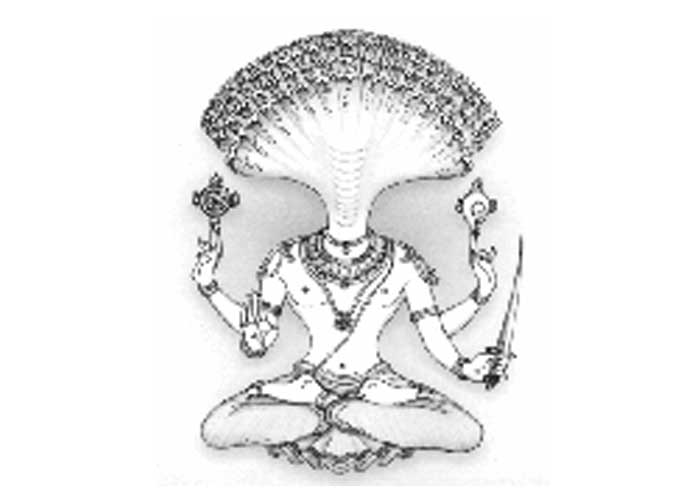The body is essentially the five elements – earth, water, fire, air and ether combined with the ego and certain other gross senses. These elements form the basis of the major chakras that govern the body – earth for Mooladhar, water for Swadhisthan, fire for Manipoorak, air for Anahad and ether for Vishuddhi. The controls for the various elements in our body lie at the fingertips – the little, ring, middle and index fingers representing earth, water, ether and air respectively while the thumb represents fire.
We know that things expand on heating and contract on cooling. The thumb represents fire. If you touch any element to the tip of the thumb, it expands and when you touch it to the base of the thumb it reduces. In this way, we can very easily increase or decrease the various elements in our body, depending on the need of the situation, using our fingers through the science of mudras. For example, in situations of extreme tension and anxiety, like in the case of appearing for an interview, or an exam, or an important meeting, the Vayu tattva increases in the body leading to a feeling of uneasiness in the chest. If at that time, you place your index finger at the base of the thumb (where you will feel a pulsation), the air element will normalise and you will feel better. The Gyan mudra, which involves touching the index finger to the tip of the thumb, has a diametrically opposite effect. If one increases the Vayu tattva but the body is not prepared for the increase, tension in the body increases and one develops problems of the nerves. That is why, it is not advisable to sit in Gyan mudra in the initial stages of dhyan. The mudra is introduced by one’s Guru at a later stage, after the body has attained a specific balance. The science of mudras is a perfect and precise science, however it is not taught en-mass. It is given by the Guru to the shishya, individually, as per his/her individual needs and capacity. The science if used incorrectly can do more harm than good. The purpose of mudras is to bring the body into a state of balance but if you perform an incorrect mudra, the element which is not supposed to increase might increase, resulting in an imbalance, instead.
As one moves up the elements, lower elements merge with the higher elements. That is, element above holds the capacity to include the elements below. Ether contains within it air, fire, water and earth; air contains fire, water and earth elements; fire contains water and earth elements; and water contains the earth element. To effect a change in any of the elements, one need not go to the level of the individual element. The elements can be easily controlled and modified by accessing the element that lies above the five elements, the paratattva or Shiv governed by the Agya chakra, under the sanidhya of Guru. That is why it is said ‘Omkar bindu samyuktam…’ which means everything is there in omkar bindu. This is the point of the bindu in which everything is present. That is, the entire creation is in Shiv or paratattva. ‘….Nityam dhayanti yoginam’, which means the yogi’s dhyan is always on that paratattva and not on the elements below. A yogi has an association with the lower elements also but he controls them from the Agya.
We just discussed how one can experience the five basic elements in the body through the science of mudras. But how does one get the experience of the Shiv tattva, which is the basis of all these elements?
The Shiv tattva is not experienced by an ordinary person because he does not need it. A basic person spends his life in the pursuit of the five senses which pertain to the five basic elements and the five basic chakras. Sense of smell is controlled by Mooladhar, sense of taste by Swadhishthan, sense of sight by Manipoorak, sense of touch by Anahad and sense of sound by Vishuddhi. When there is no need, then there is little incentive to look further, and so, an ordinary person remains unaware of the Shiv tattva. Shiv is beyond the five tattvas, the paratattva, in which all the tattvas reside. Experience of Shiv requires the awakening of Agya through Yog and Sanatan Kriya under a Guru, and the pleasure associated with the experience of Shiv is limitless.





